Benefits of plasma treatment:
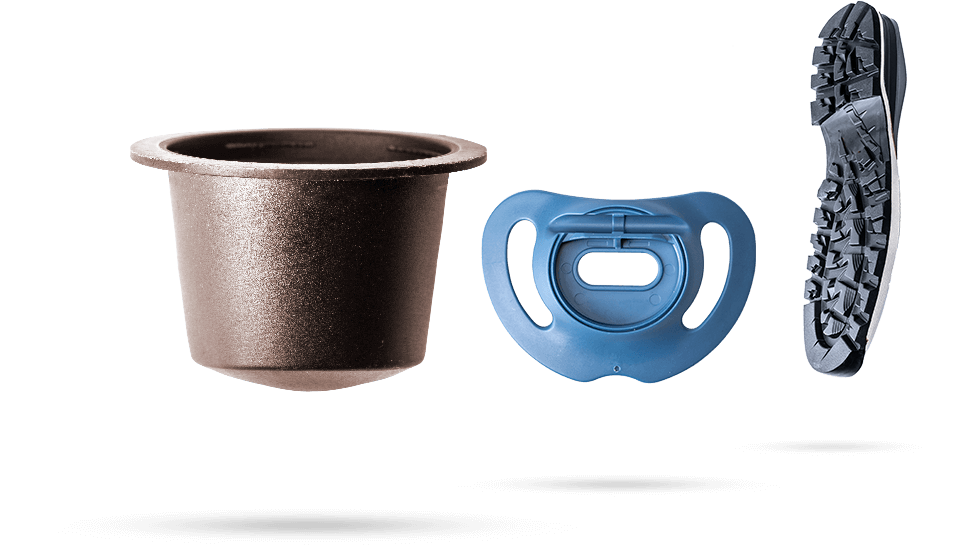
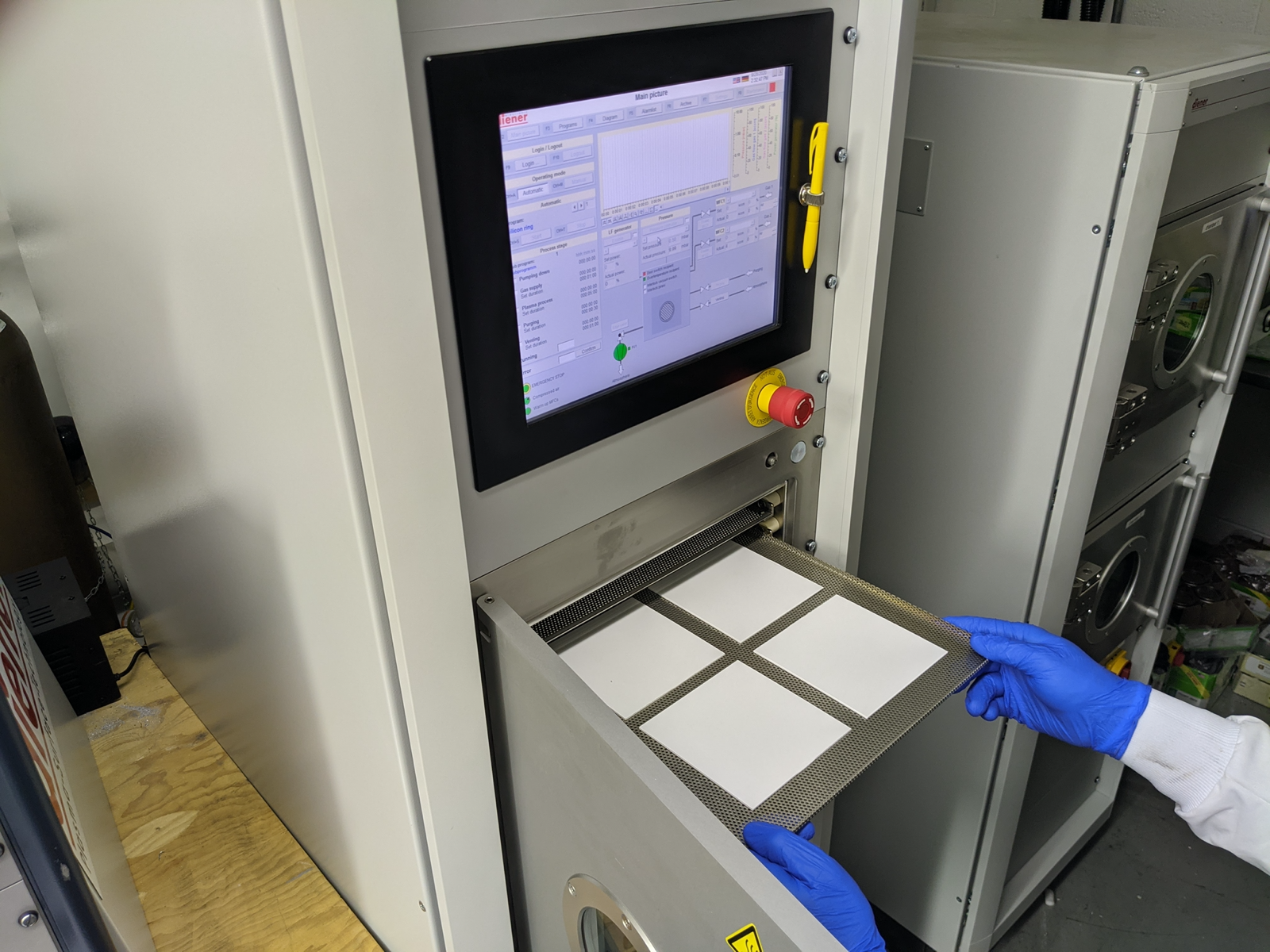
email: plasma@thierry-corp.com | phone: +1 (248) 549-4581
Plasma Activation modifies surfaces on a molecular level to change the wettability, or surface energy. Wettability refers to the effect of a liquid to stay in contact a surface. Plasma activation enables surfaces to better maintain contact to the adhesive, resulting in high quality adhesion performance.
Plasma Cleaning is a dry method of cleaning that turns foreign materials into a gas, thus removing molecular-level contamination residues from a surface. There are no limitations for types of materials that can be treated. Plasma cleaning is safer, environmentally friendly and more cost-effective than traditional wet chemical cleaning processes.
Low-Pressure Plasma is the key solution for the manufacture of microfluidic components and successful bonding of microfluidic devices to polydimethylsiloxane (PDMS). When a PDMS component and a silicon-containing structure are plasma-activated they are able to bond together without an adhesive. This method of bonding without an adhesive enables the production of smaller features versus using an adhesive.
Plasma Coating Technology allows manufacturers to achieve reliable and uniform application of coatings. Plasma coating or plasma-enhanced chemical vapor deposition (PECVD) uses plasma to modify the properties of material surfaces to produce a surface that will uniformly receive a coating.
Plasma Etching with gas is a very unique process that converts a solid to a gas form for removal. Plasma etching can eliminate the need for chemical etching, a time-consuming process that uses volatile organic compounds (VOC) and other dangerous chemicals. Organic materials, inorganic materials, and polymers are easily etched with noncorrosive oxygen plasma. More complex inorganic materials and metals are etched with CF4 plasma or plasma of a similar gas mixture.
Low Friction Coating is a common application of plasma coating technology that is used to modify the surface energy of elastomeric seals, O-rings or similar components that have a tacky surface. A low friction plasma enhanced chemical vapor deposition (PECVD) coating is applied to ease the assembly of these parts and improve vibratory bowl feeding in production.
Dielectric Barrier Discharge (DBD) is a dry method of plasma treatment that doesn't generate wastewater or require drying of the material after treatment. This method of low-level density plasma production is useful in gas plasma processing like ozone generation, gas reforming, and broad area low-level activation processes.
Reactive Ion Etching (RIE) is a plasma etching process that adds a charge to the part being etched which induces a directional component to the etching process. This directionality of the etch enables significantly smaller etch feature sizes which is commonly used in the semiconductor industry.
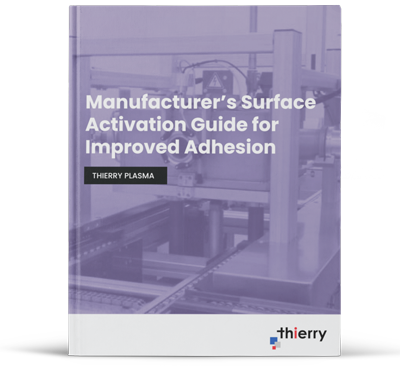
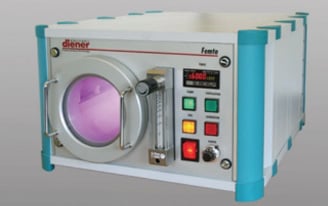
Low Pressure
These systems apply energy to a gas in a vacuum system to produce a stable source of gas plasma.
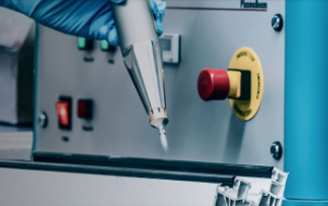
Atmospheric Pressure
These systems apply air or gas plasma to a small area of a part without treating the entire part.
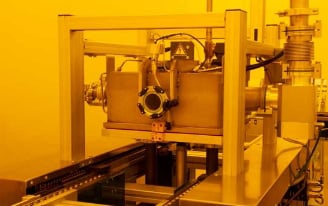
Custom Industrial
These custom systems enable manufacturers a design that fits seamlessly into their established manufacturing line.
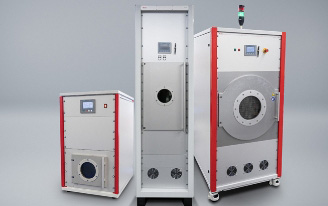
Vacuum Chambers
Many manufacturing processes require high altitude testing or material drying vacuum chamber solutions.
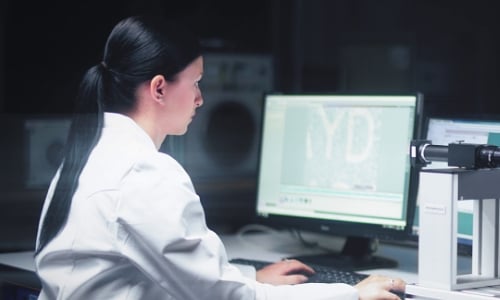
We are dedicated to creating and delivering surface modification solutions that improve the manufacturing process and profitability of our customers. Our full-service staff is committed to providing complete solutions from concept to delivery. Before a client buys or rents a plasma system, we guide them with plasma process development to ensure their success. Contract service is also an available service option.
Plasma: +1 (248) 761 9253
Distribution: +1 (248) 549 8600
Fax: +1 (248) 549 3533
info@thierry-corp.com